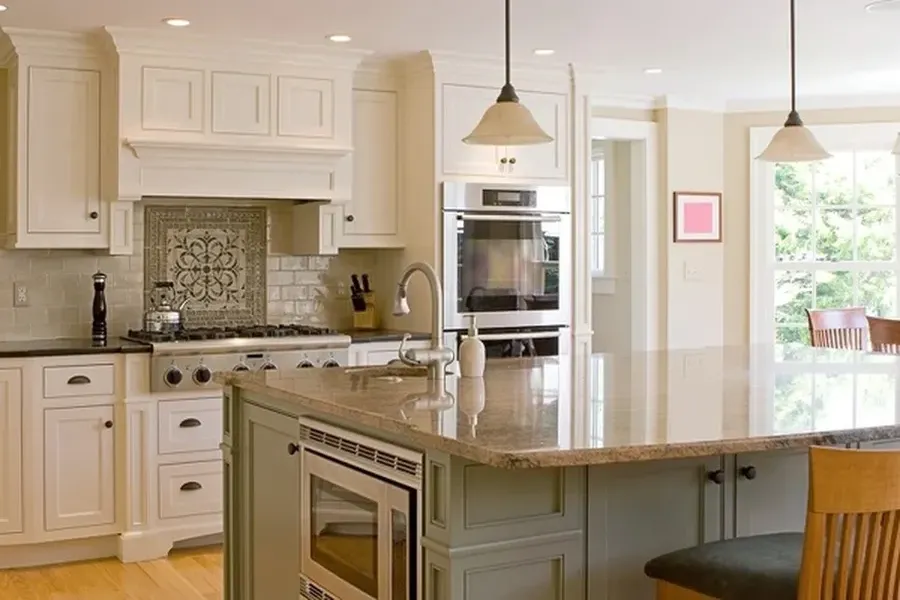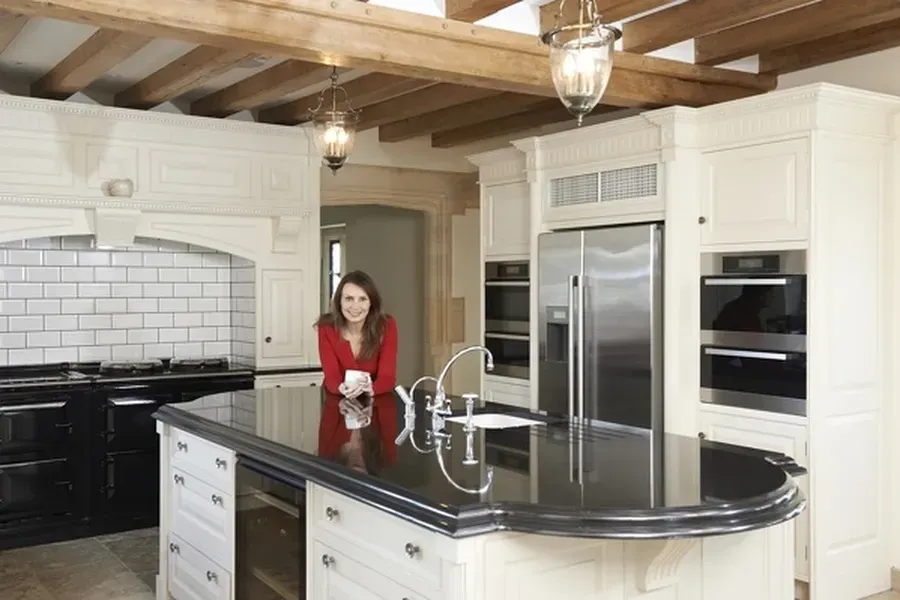Improving Room Brightness With Color Choices
In any home, the kitchen is more than just a place for cooking. It’s a gathering spot, a workspace, and often where family life happens. The lighting in this room plays a crucial role not only in functionality but also in setting the mood. One effective way to enhance lighting without adding new fixtures is through strategic color choices on the walls and cabinets. Lighter paint colors can reflect more light, making the space appear larger and brighter. This guide delves into how different shades and techniques can transform your kitchen’s ambiance.

Understanding the Impact of Colors
Colors have a significant effect on how we perceive spaces. In kitchens, using lighter hues such as whites, creams, or soft pastels can maximize natural light. These colors bounce sunlight around the room, reducing the need for artificial lighting during the day. When considering kitchen painting, selecting a shade that complements your existing decor while enhancing brightness is essential.
Choosing the Right Paint Finish
The type of paint finish you choose can influence how much light is reflected. Glossy finishes tend to reflect more light compared to matte ones. Thus, when planning kitchen painting, it’s wise to consider semi-gloss or satin finishes for walls and cabinetry. These finishes not only help in improving brightness but are also easier to clean, which is an added benefit in busy kitchens.
Techniques to Enhance Light Reflection
Besides choosing the right colors and finishes, certain painting techniques can further enhance lighting. For example, using a two-tone approach by painting the upper cabinets a lighter shade than lower ones can draw eyes upward and create a sense of spaciousness. Additionally, incorporating reflective surfaces like glass tiles or mirrors can amplify the light effect achieved through kitchen painting.
Benefits of Light-Enhancing Paint Choices
Opting for paint solutions that boost room brightness comes with several advantages:
- Reduced energy bills due to decreased reliance on artificial lighting
- A visually appealing and inviting atmosphere
- An impression of increased space, especially in smaller kitchens
- Enhanced mood and productivity levels within the workspace
Common Challenges in Kitchen Painting Projects
While painting can transform a kitchen, some challenges may arise. Selecting colors that clash with fixtures or appliances might lead to an inconsistent look. Moreover, inadequate surface preparation can result in uneven application and peeling over time. Addressing these concerns beforehand ensures a smoother process and better results.
Practical Tips for Successful Painting
To achieve the best outcome from your painting project, consider these expert tips:
- Select high-quality paint suitable for kitchen conditions (e.g., moisture-resistant)
- Test color samples under various lighting before committing
- Ensure proper surface cleaning and priming before painting
- Use appropriate tools for edges and corners to avoid streaks
Cost Considerations for Your Project
The cost of kitchen painting varies based on factors such as paint quality, surface area, and professional labor if hired. While it’s tempting to opt for cheaper materials or services, investing in quality ensures longevity and satisfaction. Cost-effective strategies include doing preparatory work yourself and sourcing discounts on premium paints during sales.

Your Next Steps Toward Brighter Spaces
Taking steps toward enhancing your kitchen’s lighting through color is both rewarding and impactful. By carefully choosing shades and finishes that reflect light effectively, you create an environment that feels welcoming and vibrant. Reach out to Benchmark Renovations LLC at (864) 498-3534 for expert advice tailored to your kitchen goals. Based in Easley, SC, our team specializes in transforming spaces with thoughtful design solutions.
